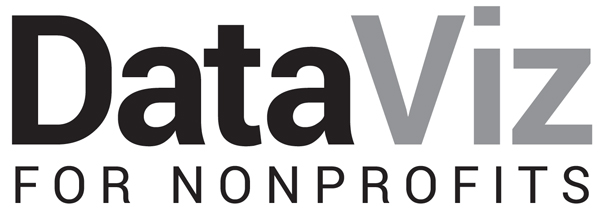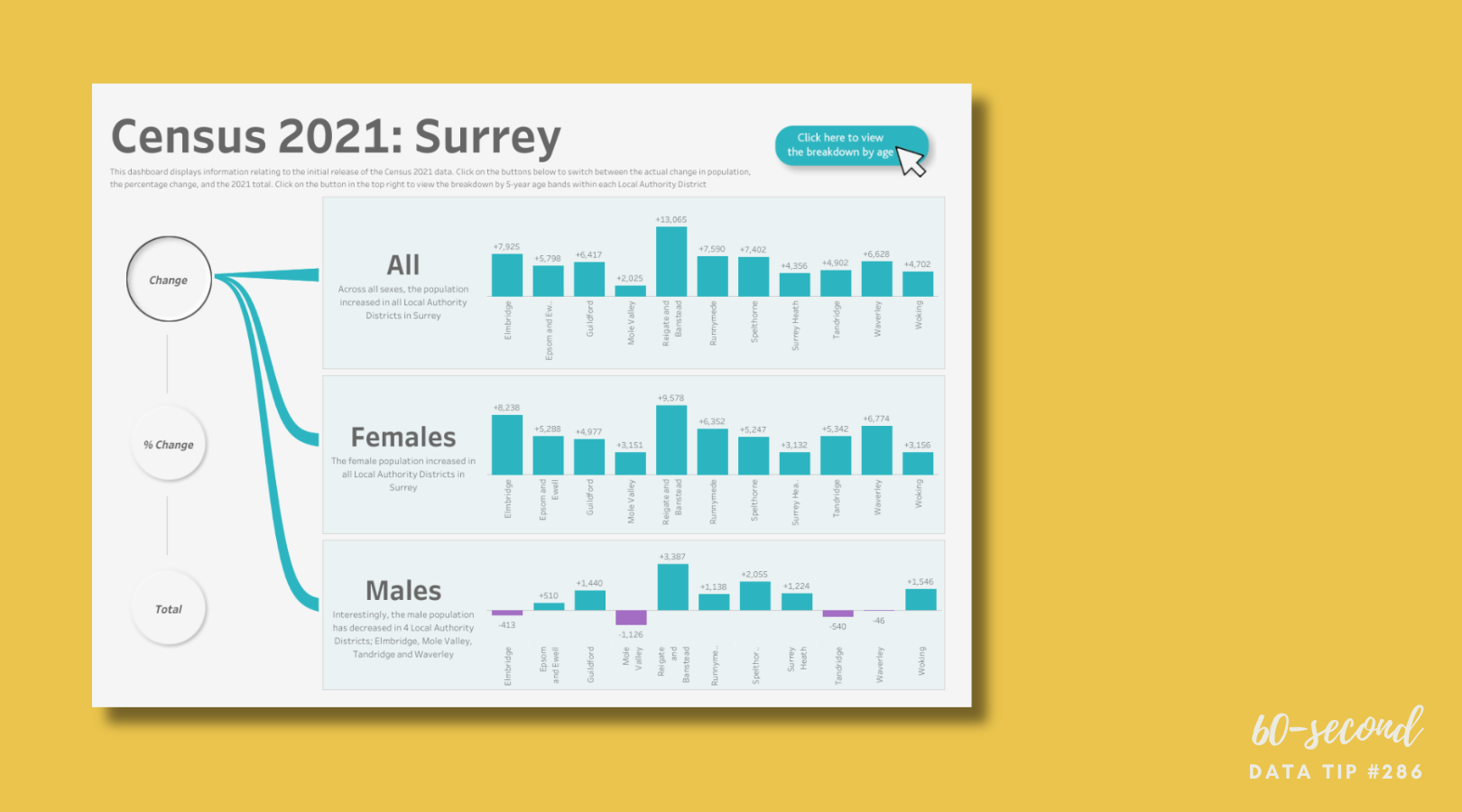
Feel free to share this with your “friend.”
What is data?
Data is raw information—facts, numbers, or observations that haven't been analyzed yet. For nonprofits, this can take many forms, such as:
The number of attendees at your last fundraising event,
Donation amounts,
Volunteer hours logged, or
Survey responses from program participants
These are all data points. On their own, they don’t say much. But when you organize and analyze them, they become information—like knowing that donations spike after your newsletter goes out, or that volunteers stay longer when they receive training.
How do you pronounce it?
Americans lean toward day-tuh while Brits and “serious science types” may prefer dah-tuh.
Is it singular or plural?
Purists say data is plural (the singular is datum, a word used only by archaeologists and robots). But in everyday English, data acts like a singular noun. Example: “The data is confusing.” Also valid: “The data are confusing.”
Let’s talk about YOUR data!
Got the feeling that you and your colleagues would use your data more effectively if you could see it better? Data Viz for Nonprofits (DVN) can help you get the ball rolling with an interactive data dashboard and beautiful charts, maps, and graphs for your next presentation, report, proposal, or webpage. Through a short-term consultation, we can help you to clarify the questions you want to answer and goals you want to track. DVN then visualizes your data to address those questions and track those goals.













